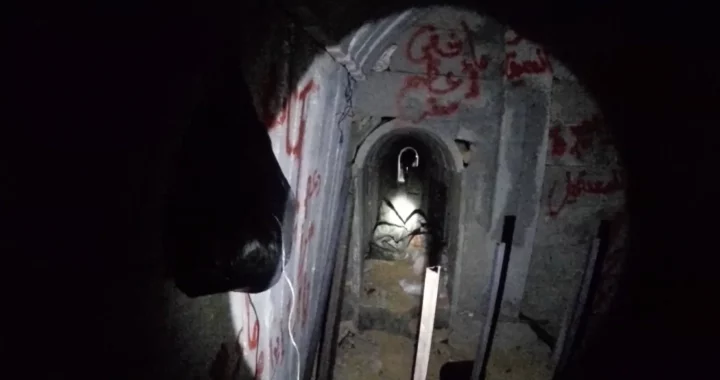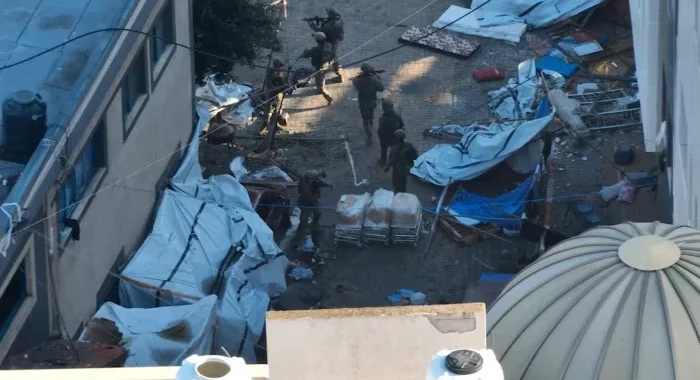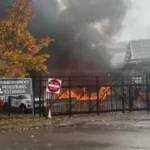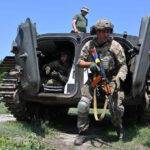The Labyrinth Beneath: Hamas Tunnels in Gaza and the Challenge for Israeli Ground Troops

Unveiling the Hamas Tunnels Labyrinth: Israel’s Beneath-the-Surface Battle
Deep beneath the sandy 360-square-kilometer coastal strip of Gaza, a complex web of tunnels lies in wait for Israeli ground troops. Described by one former hostage as “a spider’s web” and by experts as the equivalent of “Viet Cong times 10,” this subterranean network presents a formidable challenge. In this article, we will explore the intricacies of these tunnel, their purposes, and the unique challenges faced by Israeli forces in dealing with them.
The Underground Network
Hamas, the Palestinian Islamist group, has been steadily developing its tunnel infrastructure for years. These tunnels serve various functions, including attack, smuggling, storage, and operational burrows. Western and Middle East sources familiar with the matter confirm the existence of this extensive network.
The United States believes that Israeli special forces will confront a daunting challenge as they battle Hamas militants while striving to avoid harming hostages held below ground. U.S. Defense Secretary Lloyd Austin even drew parallels with Iraq’s nine-month-long battle to retake Mosul from the Islamic State, suggesting that the Israeli operation might be even more arduous.
Despite Israel’s significant investments in tunnel detection, Hamas is suspected of maintaining functional tunnel to the outside world. In a recent statement, Yehya Al-Sinwar, Hamas’s leader in Gaza, challenged the notion that Israel had effectively destroyed their tunnel network, claiming that the tunnels exceeded 500 kilometers in length.
While Sinwar’s claim lacks corroboration, the estimate of hundreds of kilometers of tunnel is widely accepted among security analysts, even though the coastal strip itself is merely 40 kilometers long. The tunnels provide one of the few avenues for Hamas to import weapons, equipment, and people into Gaza.
A Hostage’s Perspective
For those who have had firsthand experience with these underground passages, the reality is chilling. Yocheved Lifshitz, an 85-year-old Israeli who was held hostage by Hamas, described the tunnels as resembling “a spider’s web.” She recounted walking kilometers beneath the ground, shedding light on the elaborate maze that confronts Israeli troops.
Strategic Value
Hamas strategically deploys tunnels to offset Israel’s overwhelming aerial and armored military superiority. By forcing Israeli soldiers into cramped underground spaces, Hamas fighters can exploit their intimate knowledge of the tunnels. An Israeli military spokesperson pointed out that these tunnels are often built under schools and residential areas, making the situation even more complex.
Continuing Supply Lines
Despite Israeli efforts to curtail these tunnels, Hamas continues to use them for smuggling and other purposes. It’s been reported that some tunnels connecting Gaza to Egypt remain active. The network responsible for facilitating this coordination may involve Egyptian military officers, although the extent of their knowledge is uncertain.
Historical Roots
Hamas, formed in Gaza in 1987, began digging tunnels in the mid-1990s. These tunnels have played a crucial role in maintaining Hamas’s stronghold in Gaza, as opposed to the Israeli-occupied West Bank, where Israel’s extensive infrastructure, settlements, and military presence make it significantly more challenging for Hamas to operate.
The year 2005 marked a significant turning point when Israel withdrew its soldiers and settlers from Gaza. Hamas’s victory in the 2006 elections further facilitated its tunneling efforts. Subsequently, Hamas’s military wing, the Izz el-Deen al-Qassam Brigades, demonstrated their ability to infiltrate Israeli territory through tunnels, as seen in the case of Gilad Shalit and other soldiers.
Challenges for Israeli Forces
Finding and neutralizing these tunnels is a formidable task. Israeli special forces, including the “weasels” from Yahalom, a specialized commando unit of Israel’s Combat Engineering Corps, are tasked with this mission. They have to contend with booby traps, thermobaric weapons, anti-tank systems, and the ever-present danger of kidnapping.
Daphne Richemond-Barak, a professor at Israel’s Reichman University and author of the book “Underground Warfare,” emphasizes that the experience gained by groups like ISIS in Syria and Iraq has influenced Hamas’s tunnel warfare strategy. This knowledge transfer has added a layer of complexity to the challenges faced by Israeli forces.
Conclusion
The Hamas tunnel network in Gaza represents a unique and formidable challenge for Israeli ground troops. As they navigate a complex underground maze with multiple purposes, including attack and smuggling, the stakes are high. Israeli forces must contend with booby traps, advanced weaponry, and the ever-present risk of kidnapping. This subterranean battleground continues to evolve, posing a persistent challenge for Israel’s security efforts.
By: M Z Hossain, Editor Sky Buzz Feed















